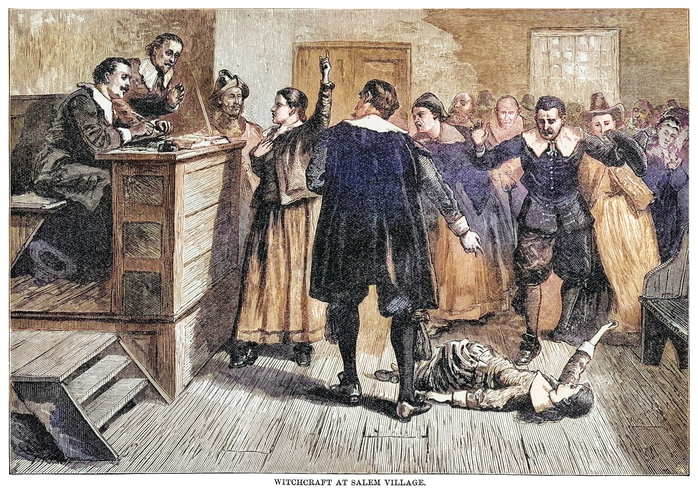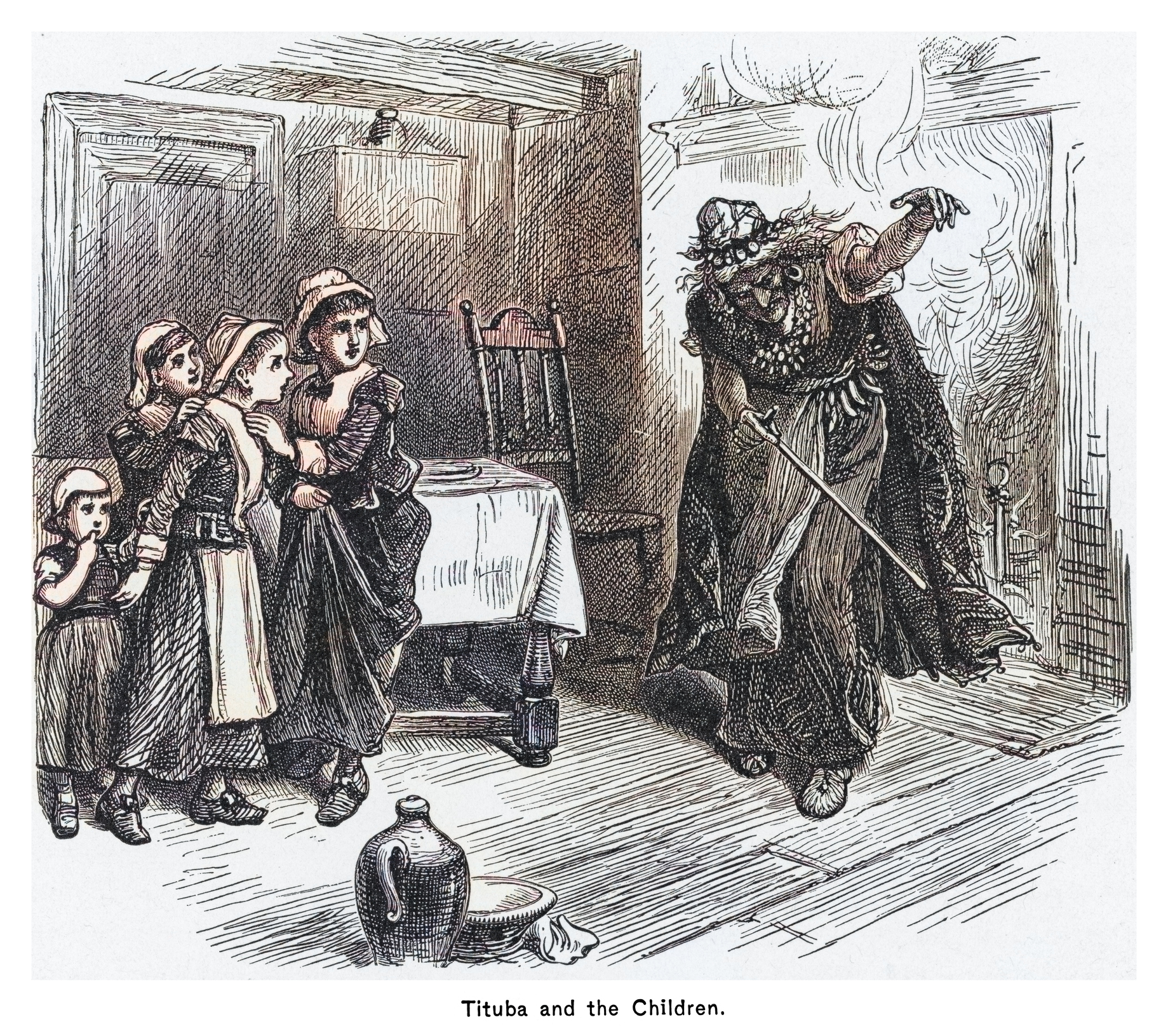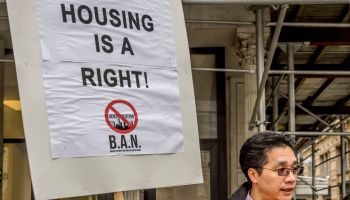
Source: mikroman6 / Getty
Have you heard of the first woman ever accused of witchcraft in the United States? Her name was Titbua, and she was thought to be a woman of color.
Nothing is more compelling than researching the unexplained tales from American history. Some of it is weird, some of it is eerie, and some of it can be downright scary when put into context of the modern world.
Insert the Salem Witch Trials; one of the scariest moments in American history.
In 1692, a Black slave woman was used as a pawn to spark the first conspiracy ever to land on the shores of America: The Salem Witch Hunt.
From February 1692 to May 1693 hundreds of people (mostly teenage women) in colonial Massachusetts were accused of witchcraft, with no basis in fact or reality.
In what would be known as “The Hunt,” hundreds of people were publicly hanged, executed or jailed for being witches, scapegoating and persecuting women of lower socioeconomic status.
A young Black slave girl was their catalyst to carnage.
Tituba was brought to the United States during the Transatlantic Slave Trade from what is known as Barbados. Her master was a Puritan minister named Reverend Samuel Parris.
Tituba worked for the Parris family, helping Samuel’s wife and daughters to upkeep their home.
In January 1692, Samuel’s daughter Betty and his niece Abigail suddenly became concerningly sick.
Doctors visited the girls and couldn’t figure out why they were ill. So, without any real proof, doctors assumed someone was performing witchcraft on the family to punish them.
Tituba became their number-one scapegoat.
From BAW:
Allegedly, Tituba was teaching Parris’ daughter Elizabeth and her friend Abigail voodoo and witchcraft. Parris was furious. Witchcraft to the Puritans meant nothing less than devil worship and any of its practitioners should be scorched in the pit of hell. Parris needed to get to the bottom of this quickly, so he approached the girls, who wouldn’t dare lie to the Puritan minister of Salem Village. The girls, understanding the swift punishment of witchcraft, promptly told the minister what he needed to hear; the slave Tituba was to blame.
Parris now needed one more admission and the truth he’d created in his head would be deemed reality. In his eyes, the validity of the truth didn’t need actual evidence of witchcraft, merely someone who wasn’t Tituba confirming his suspicions. If Tituba told him she was practicing and educating the girls in the works of witchcraft, the blame could easily be shifted. Salem only needed one witch, not three.

Source: mikroman6 / Getty
Once Reverend Parris was convinced Tituba was a witch the beatings began. Tituba vehemently denied practicing witchcraft, but Parris continued to beat her for hours until he got his desired result. Tituba eventually confessed to making a “witch cake” and feeding it to the girls, something she was asked to do by a church member to find the person using so-called witchcraft on the girls.
Tituba was beaten for weeks until her confession, which would have dire consequences for the women of Salem.
Once Tituba became Parris’ little scapegoat, others in the community began to make accusations of witchcraft.
Ann Putnam, the daughter of church members, and Betty Hubbard, a 17-year-old indentured servant both also accused Tituba of using magic, but they added two other names as accomplices: Sarah Good and Sarah Osborne.
Good and Osbourne weren’t witches either. Good’s family was considered “nuisances” by the general public, making them easy targets for ridicule.
In a way similar to the modern criminal justice system, a lack of good societal standing meant you could be subject to persecution.
Tituba, Sarah Good and Sarah Osborne were arrested and jailed Feb. 29, 1692, where they awaited a trial where their guilt was long determined by the court of public opinion.
Tituba would continue her bizarre confession in court, which would lead to more and more arrests for alleged witchcraft.
The Salem Witch Trials began in February 1692 and concluded in May 1693. Between 144 and 185 witches and wizards had been named, 30 people were found guilty of witchcraft and 19 people were executed by hanging. It was the deadliest witch hunt in the history of colonial North America and Tituba’s false confession started it all.
One of the first conspiracy theories to hit America’s shores began and ended with a Black woman. Tituba would eventually recant her story and confess she made it up to escape persecution. She would then spend the next 13 months in prison until she was bought by another slave owner.
Some of America’s past is ugly, weird and terrifying.
SEE ALSO:
Black Folklore In Video Season 2 Ep 2: The Black Town Under Lake Martin
The Haunting Of Lake Lanier And The Black City Buried Underneath
The post The Mysterious Story Of Tituba: A Black Slave Woman Who Sparked The Salem Witch Trials appeared first on NewsOne.
The Mysterious Story Of Tituba: A Black Slave Woman Who Sparked The Salem Witch Trials was originally published on newsone.com
















